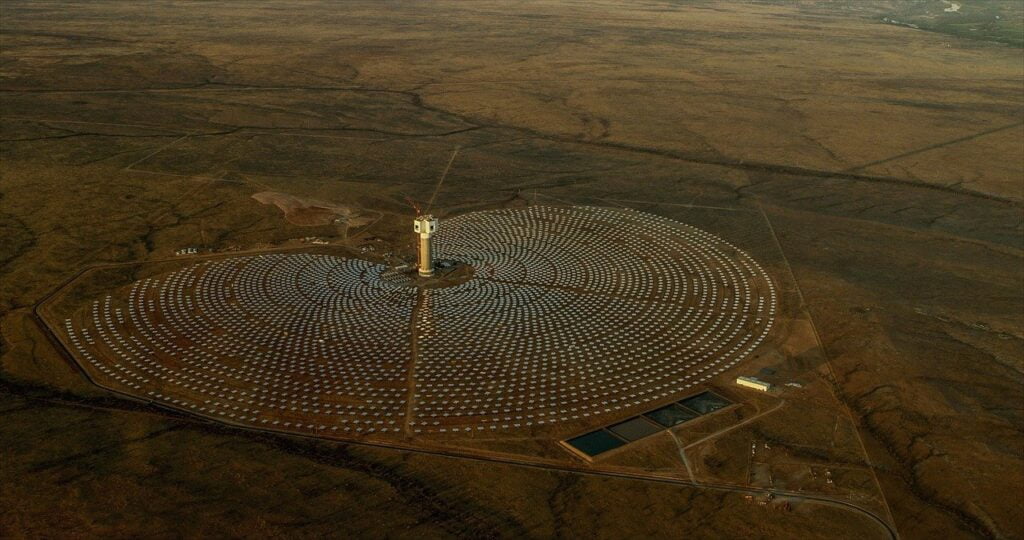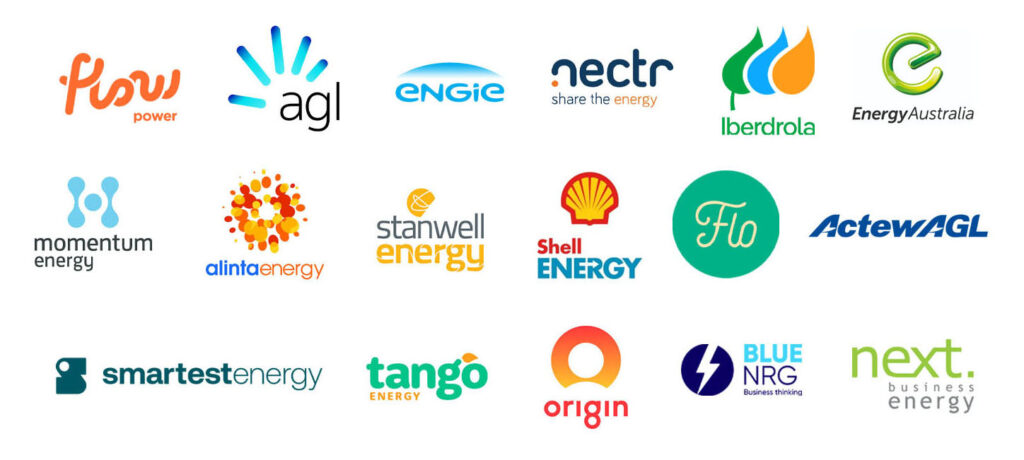The recent historic six-year lows in wholesale electricity prices have suddenly made Bitcoin mining in Australia a very real possibility, especially if mining labs are hooked up directly to renewable energy farms.
Mining for cryptocurrency is one of the most energy-intensive activities in the world.
However, with astute management, blockchain can also become an opportunity for demand response, load balancing, and consumption of excess generation from renewables.
The mining process involves purpose-built super-computers crunching data to find hexadecimal numbers to verify blockchain transactions.
The process was designed by Satoshi Nakamoto to be anti-efficient, ensuring that no one double-dips into the ledger and consumes phenomenal amounts of electricity.
Bitcoin mining in Australia tethered to renewables could offer load-balancing opportunities

But there are opportunities to balance the load on the grid during periods of peak demand and low supply.
Texas lab shows how Bitcoin mining in Australia could involve direct transmission from renewable energy farms
A perfect example of this has been recorded in Texas. Crypto mining firm Layer1 manages its demand and sells its negawatts back into the grid at a profit when supply is low.
Negawatts are when a company sells the electricity it normally uses back into the grid after scaling back its consumption.
Put simply, they are paid not to use electricity at a given time of high demand.
On one hot afternoon with no wind and prices topping US$200 per MWh, Layer1 shut down its mining computers and sold its contracted energy supply back into the grid for a staggering 700 percent profit.
At night, when prices drop to zero or into negative territory due to an abundance of wind generation, the crypto mining firm throttles its operations back up again, pushing the circuit boards as hard as they can handle to make the most of cheap and abundant power.
In Australia, we refer to this strategy as demand response. Demand response has long been pushed by the Australian Energy Market Operator as an alternative to baseload power generation.
Batteries, smart meters, and artificial intelligence software that help companies and households respond to market price signals in real time are all helping to accelerate the transition to renewable energy.
The development of blockchain technology to allow real-time trading of self-generated energy is also gathering at a fast pace.
There are still plenty of barriers restricting how and when we consume our energy, including utility firms that seek to protect their own revenues and business models.
But as we have seen over the past few weeks, the Australian gentailer business model looks way past its sell-by date as cheap and plentiful renewable energy continues to flood the market.
In 2020 mining Bitcoin in Australia was more expensive than buying it

Until just a few months ago, the idea of mining Bitcoin in Australia would have been dismissed out of hand.
With some of the highest energy prices in the world in 2019, the cost of powering the equipment needed to mine Bitcoin would have made it a loss-making venture. In October 2020, it cost an average of AUD9,000 to make a Bitcoin and it was cheaper to buy one.
But with wholesale electricity prices at a six-year low, dropping from $90 per MWh to the low $30s, and the massive surge in value to $80,000 per Bitcoin, the landscape might open up if the run is maintained.
The US experience has shown that the most efficient places for crypto-mining sites are those that are directly connected to wind or solar farms.
Given that Australian state governments have given up the ghost on Federal Government energy policy and have all issued their own Energy Roadmaps, the path could be clear for crypto mining firms to set up shop in the huge swathes of solar and wind farms that are popping up all over the country.
Energy used to mine Bitcoin per year equals 60 percent of Australia’s annual consumption
The amount of energy used in the Bitcoin mining business is staggering. Bitcoin’s electricity consumption – at 122 TWh – is above Argentina (121 TWh), the Netherlands (108.8 TWh) and the United Arab Emirates (113.20 TWh) – and it is gradually creeping up on Norway (122.20 TWh). Australia consumed 192 TWh in 2019-2020.
In fact, when lined up against all national energy consumption charts, Bitcoin mining would be placed at number 30 out of all countries in the world according to a study released by Cambridge University.
To give that some further perspective, the energy it uses could power all kettles used in the UK for 27 years.
On the other hand, the study also suggests the amount of electricity consumed every year by always-on but inactive home devices in the US alone could power the entire Bitcoin network for a year.
Electricity consumption is only going to get higher and the division of Bitcoin gets smaller and smaller.
But as long as power is cheap enough to make production costs cheaper than the value of 1 Bitcoin (AUD 71,600), the potential is there for it to take hold in Australia.
To mine Bitcoin, computers have the job of verifying transactions made by people who send or receive Bitcoin.
This process involves solving puzzles, which, while not integral to verifying movements of the currency, provide a hurdle to ensure no one fraudulently edits the global record of all transactions.
But it is not enough to solve the puzzles, you must solve them first before anyone else to receive the Bitcoin reward. And the amount of electricity needed to mine Bitcoin is only going to get exponentially higher as time goes on.
How are new Bitcoins issued and mined?
New bitcoins are released to successful problem solvers every 10 minutes. To keep the flow steady, the software adjusts the difficulty of the problem to counteract the increasing power of computers trying to solve it.
The cap for Bitcoin is 21 million and most have already been mined. The 17th million Bitcoin was released in April 2018 and the gradual slower release of the rest means that the final Bitcoin will not be mined until around 2140.
By then, Australia will have probably surpassed its 2050 target of 50 percent renewables target. But if the Bitcoin mining industry does come to Australia, with its glut of cheap wholesale electricity prices, operators must be wary and enter deals with providers that offer price protection.
If demand suddenly goes through the roof and supply is restricted, the costs of mining could put them out of business, even if they are offset by selling back into the grid.
We source, analyse, compare and rank commercial, industrial and multisite energy quotes. Obligation Free.
Chat with one of our experienced consultants today and get the insights your business needs to help manage the risks associated with volatile electricity and natural gas markets. Our energy procurement service is obligation-free and provides a time-saving way of securing lower energy rates from our panel of energy retailers.














